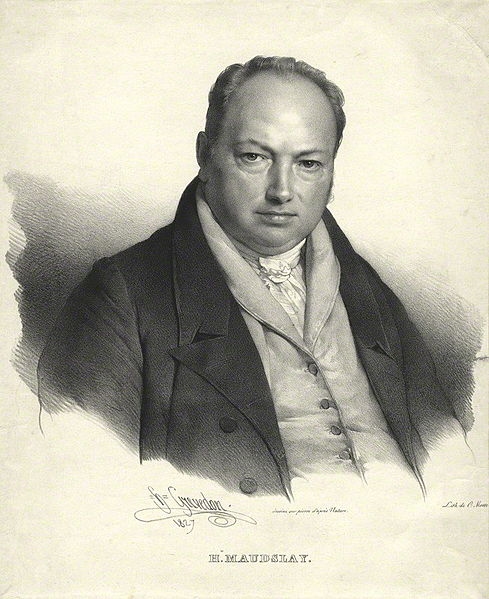The Portbury Enigma
Brunel's 1845 project to build a railway line from the Bristol and Exeter Railway Terminus to the Royal Portbury Dock on the river Severn.
And once there aboard Brunel's steamship The Great Western onward to America. A journey from Paddington Station, London to New York on one ticket.
This blog features my trip to the Bristol Archives with Bristol historian Stuart Amesbury and my publisher Leonard John from TradShack.
The first impresion of this novel is 'One Single Ticket'.
Photograph by Bryony Greenwood
A tongue in cheek video
The Bristol Archives, February, 2024
The Bristol Archive team were most helpful in providing access to the various documents they hold with regard to the Portbury Pier & Railway Company and associated projects.
Whilst our previous focus had been on the year 1852, the demise of the company and the scheme, we’d spotted document lists that predated the formation of the Company and could indicate the Company’s origins.
These documents were dated 1839 and 1840 and related to plans for a pier at Portishead and a subsequent plan for a pier at Portbury.
Brunel’s scheme for Transatlantic steam navigation led to the formation of the Portbury Pier & Railway Company (a joint stock company) between 1845 - 1852.
We wanted to obtain a list of directors of the Porbury Pier & Railway Company and made contact with The Steam Museum (GWR) at Swindon - we have yet to receive a response from them.
James Adam Gordon
One significant character involved in the earlier 1839 and 1840 documents and also a petitioner for the later Company was the local landowner, James Adam Gordon.
The railway would have been built across his land and the pier would have been built from his foreshore at Portbury - as an individual, he had most to gain from the success of the schemes.
Subsequently, we’d found that there are further references to James Adam Gordon at the Somerset Heritage Centre, Taunton.
Also, within the National Archive at Kew, there is reference to another similar railway company; the Bristol & Bristol Channel Railway Company, between 1844 - 1856.
We know that the Great Western Steamship Company went bust (1846) soon after the formation of the Portbury Pier & Railway Company.
Both the Great Western and Great Britain (ships) had been sold off.

Robert Wallace and Stuart Amesbury

One Single Ticket - eBook available online

Thomas Richard Guppy
I have often considered whether Thomas R. Guppy may have been in some degree of financial or mental difficulty when he left Victorian Britain, for Italy?
After Guppy left Britain, in the middle of the 19th century, he never returned - he died in 1882 at his villa in Portici and is buried in Naples.
But what was going on in Guppy’s life around 1849? His mother’s life? Sarah’s second marriage to a much younger, utter wastrel, Richard Eyre Coote in 1837, then her virtually destitute death in 1852?
There was no more family wealth. Or …
The commercial failure of the Great Western Steamship Company? Events in 1839 doomed that company.Rather than increase the fleet of P.S. Great Western type ships, there was a decision (Brunel’s) to develop and build another ship altogether - the S.S. Great Britain. The company eventually collapsed in 1846, due to the grounding of S.S. Great Britain on the Irish coast and its ultimate sale for salvage.
That sale, at a fraction of the construction costs and commercial value.Sold to opportunist buyers who were previous co-investors in the Great Western Railway and similar project; Messr’s Gibbs and Bright.
Was this just too much for him to bear?
Guppy had suffered with his health, but was he now suffering in other ways?
Whilst being an engineer in his own right, Guppy had financially backed many of I.K. Brunel’s ideas and schemes.Equally, Brunel had been a gifted engineer, but he was not a commercial entrepreneur, he worked in the idealism of a thing.
Stuart Amesbury, February 2024
Factory Guppy & Pattison
The following is is an extract from Dialogue Mediterranei - Shipbuilding and related industries in the Kingdom of Two Sicilies:-
The most important factory was that of Guppy & Co. founded in 1852 by the naval engineer Thomas Richard Guppy. He was an English manufacturer from Bristol who had moved to Naples with his family in 1849.
Here, in 1849, he formed a partnership with John Pattison, a qualified English engineer who had arrived in Naples in 1842 to supervise the repair shop of the Bayard railway.
The Factory Guppy & Company, built near Pietrarsa, soon expanded because its production was considered to be the best in the Kingdom.
Since 1855, it also became the ship chandler of ‘minuterie’ (nuts and bolts - the raw materials for ships which had to be built or re-fitted) for the Royal navy.
A shipyard dealing with single pieces of the ships was set up by the factory and located at Maddalena. In 1859, Guppy was granted a patent-right for the improvement of steam boilers, which was concerned with their steam generating capacity.
However, the partnership dissolved in 1862 following the re-unification of Italy.
Pattison founded another factory with his sons, Cristofano and Thomas Taylor.
Pattison and Guppy turned out to be true speculators.
They arrived in Naples attracted by the economic advantages and the privileges granted by the King; but they imported machinery and specialised technicians from England, taking advantage of low-cost local labour.
However, they were not concerned with the industrial development of the Kingdom and made no investments in the sector.
But thanks to them, the Neapolitan engineering industry developed.
Stuart Amesbury, February 2024
The Great Western Railway and Ocean Travel
1830s - proposal of a railway between London and Bristol, which spawned the idea of onward sea travel to North America. This would lead to Brunel's idea of transatlantic steamers sailing from Bristol and with onward transit hotel accommodation being sited convenient to the harbour.
The 1830s - 1840s showed that this was possible but, the location of Bristol's harbour and its tidal range would create a serious operational issue for such a venture.
1840s - the railway arrived in Bristol during 1841 and deepwater at King Road (Portbury) provided a likely solution to the tidal problem, subject to a pier being built, in conjunction with construction of a spur railway from the main Bristol to Exeter line, at Bedminster. This never came about, possibly, because by 1845, Brunel had turned his focus of attention for this operation to Fishguard, in west Wales?
1850s - the Fishguard scheme too was shelved by 1852, in favour of Neyland (Milford Haven, Pembrokeshire). But, by the time Neyland was completed in 1856, Cunard had already established his shipping line and a regular transatlantic route, sailing from Liverpool. There had also been a similar GWR scheme to create a railway to Falmouth harbour in Cornwall, however, by the time this was opened in 1860, the transatlantic packet ships no longer visited Falmouth.
When you add into this the timelines of the Great Western Steamship Company, of the ships; Great Western, Great Britain and Great Eastern, of the atmospheric railways, etc. it exposes the reality of technological idealism, practicality and business.
Stuart Amesbury, February 2024



